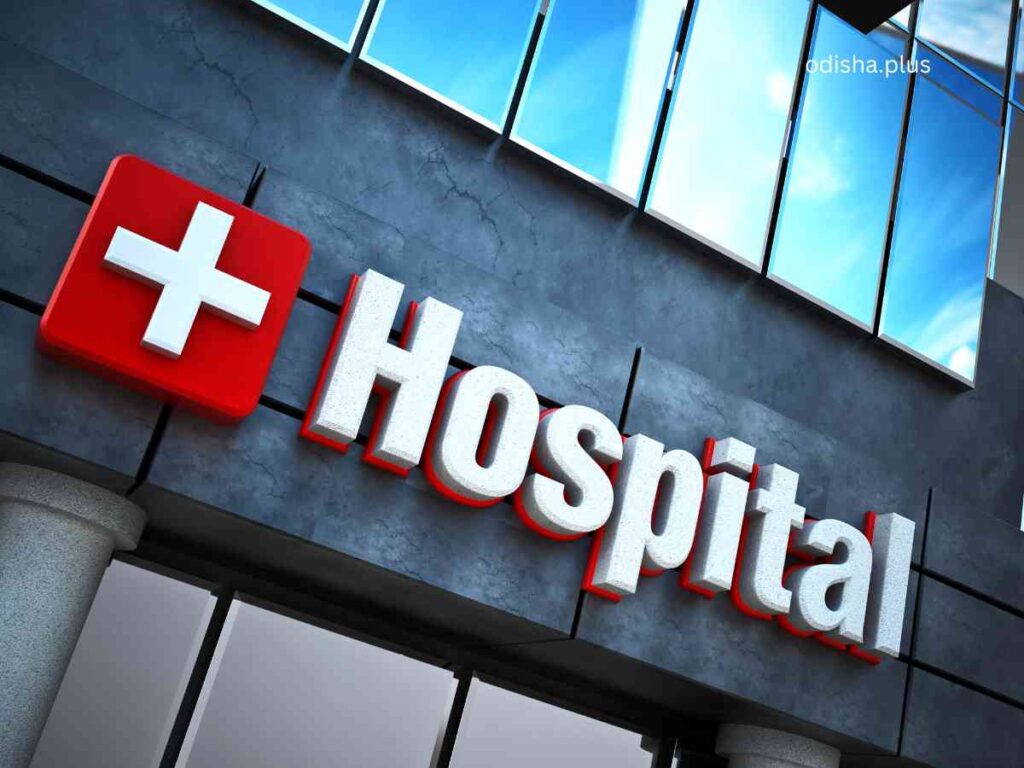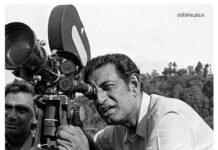In 1997, Bhubaneswar had limited healthcare services. Over 25 years, it transformed into a medical hub with private hospitals, critical care, and modern facilities
Dr Samir Sahu

I shifted to Bhubaneswar in 1997 to start Critical Care Medicine. In the 1990s, there was only Capital Hospital and a few doctor-owned nursing homes for elective surgeries in Bhubaneswar. All acute and medical cases were received by Capital Hospital. The majority of the serious cases were referred to SCB Medical College. There were no facilities to do investigations beyond routine hours. The laboratories would stop collecting samples in the afternoon.
In late 1996, a doctor from Hyderabad opened a small hospital called CDR Hospital. It was the first hospital to provide 24×7 laboratory and radiology services and an 8-bed ICU. However, it experienced a setback when an emergency post-op case expired, and the hospital was ransacked. The owner withdrew many pieces of equipment after this incident.
I looked at the infrastructure in January 1997 and was confident that we could start Critical Care in Odisha. I resigned from my job at Coal India and joined CDR Hospital in July 1997. We ventilated the first case in Bhubaneswar at that hospital in 1997. The hospital struggled to survive, and the first such venture failed to take off.

Kalinga Hospital was under construction since 1992. I had been waiting for it to be completed so that we could start Critical Care Medicine. It started operations in July 1998. I joined it in Sept 1998. The first open heart surgery in Odisha was done after my joining. Subsequently, all other departments opened, and for the first time in Odisha, we had a private multi-specialty hospital functioning.
Bhubaneswar was predominantly a town of government employees who were used to free medical services. Once they saw that they had to pay for the services at Kalinga Hospital, they were very critical about it.
Kalinga Hospital catered to the needs of the public who were prepared to pay for the services. Patients from different parts of Odisha and Bengal who used to go outside the state started coming. The hospital survived.
The success of Kalinga Hospital encouraged other small multi-specialty hospitals to come up. Some nursing homes expanded to become multi-specialty hospitals. After 2002, three private medical colleges started. But it took them another 10 years to provide quality patient care. It was cheaper than the private hospitals.
In 2010, Apollo Hospital started operation in Bhubaneswar. That improved the facilities available to the patients. Quality of patient care reached national levels. Apollo Hospital brought Emergency Medicine to Odisha and many other firsts.
Looking at the success of Kalinga Hospital & Apollo hospitals, many other private hospitals started, and now we have many private multi-specialty hospitals, including national players operating in Bhubaneswar. This has made Bhubaneswar the hub for medical facilities in Odisha.
Private equity in health care was infused. Most of the private multi-specialty hospitals were taken over or changed their style of operations. The cost of health care increased, but patient care deteriorated.
The game-changing intervention was health insurance for the poor by the government (BSKY). This provided quality care to the poor and sustenance to smaller hospitals that were struggling. Now, with the changeover to Ayushman Bharat, there has been some disruption. With the demand for healthcare increasing, there is an acute shortage of quality manpower. What has changed over the last 25 years is the death of the ‘Art of Medicine’ and the commercialization of healthcare. The learning process has changed. The theory is available on the net. Bedside learning has almost stopped. The manpower produced is of poor quality.
(Dr Samir Sahu is Critical Care & Pulmonologist, Apollo & Ashwini Hospital. Views expressed are personal.)





















